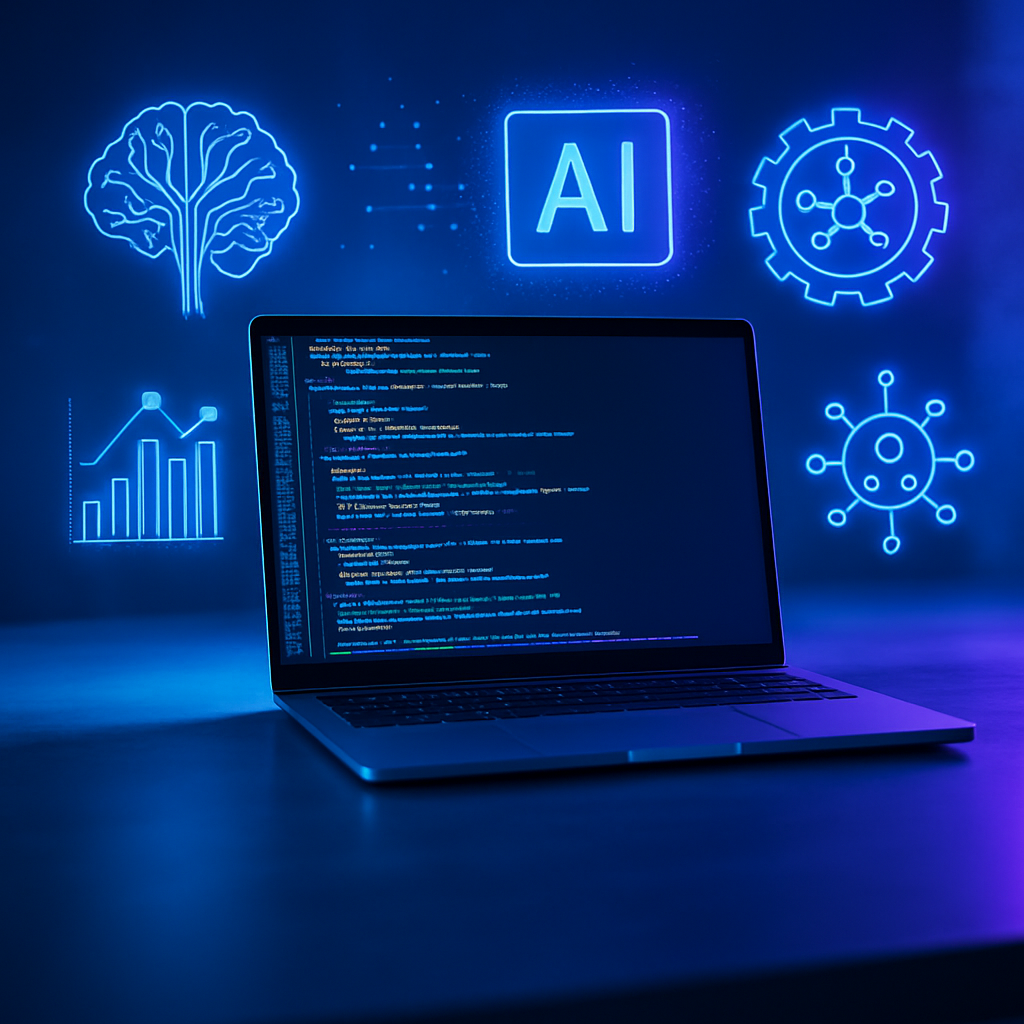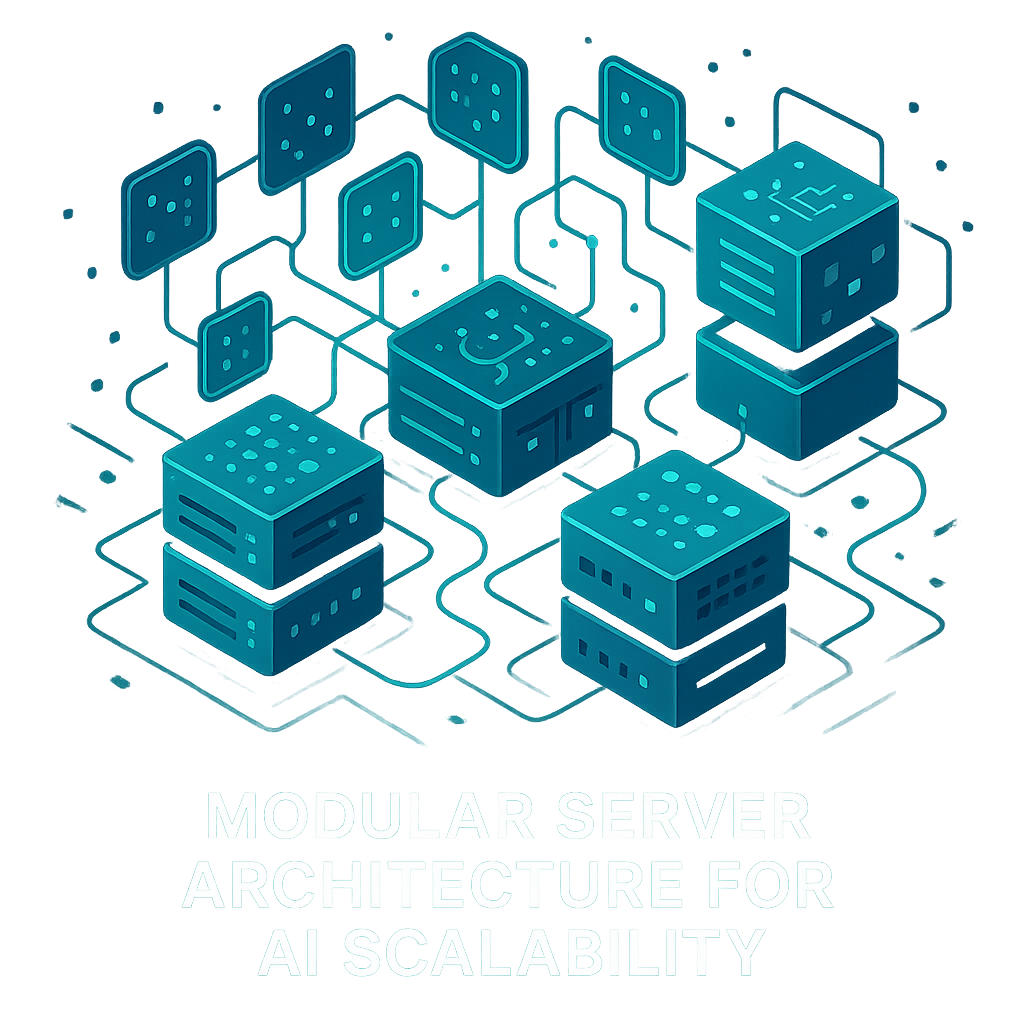Bridging the Gap Between Questions and Answers with AI

Introduction
Customer support is the backbone of any organization, yet responding to data-heavy queries often involves tedious, repetitive tasks. This sparked an exploration into how AI could simplify the process by automating database query handling and enabling teams to work smarter, not harder. Enter AI-powered query handling, an innovative approach to bridge the gap between natural language and database systems.
Understanding the Challenge
Imagine a user asking, “How much rent did tenant John Doe pay last month?” While seemingly straightforward, this query typically requires:
1. Knowledge of the database schema.
2. Translating the question into SQL syntax.
3. Executing the query and formatting the results.
This process not only takes time but also requires technical expertise, creating barriers for non-technical stakeholders. AI provides an opportunity to automate and simplify this workflow, making data more accessible and actionable.
The AI Solution: How It Works
AI models like Open AI’s GPT revolutionize query handling by automating the transition from natural language to SQL. Here’s how:
1. Understanding User Intent
When a query is posed, the AI analyzes its intent, extracting key elements such as entities, attributes, and actions.
· Example Input: “When was landlord Alice Smith created?”
· Identified Components :Entity (landlord), Attribute (creation date), and Action (retrieve information).
2. Contextual Interpretation
AI systems use predefined schema knowledge or dynamically provided context to understand the relationships within the database.
· Schema Example: A landlords table with columns like id, name, and created_at guides query generation.
3. Generating Accurate SQL
Based on the intent and schema ,the AI formulates a structured query:
· Generated Query: SELECT created_at FROM landlords WHERE name = 'Alice Smith';
4. Query Validation
Before execution, the query is validated for syntax and compliance with database constraints, ensuring accuracy and preventing errors.

Choosing the Right Tools
Several platforms and technologies enable AI-powered query handling. Here’s a breakdown of some popular options:
1. Google Gemini
This tool excels in real-time insights and integrates seamlessly with Google’s ecosystem. It’s ideal for organizations already leveraging Google Cloud.
2. Open Source LLMs
Frameworks like LLaMA and Hugging Face Transformers allow teams to build customizable solutions. They’re perfect for organizations focused on flexibility and data privacy.
3. Grok by Twitter
Grok is designed for conversational insights, particularly effective in platform-specific queries and social media data analysis.
4. Open AI’s GPT API
A general-purpose solution with robust capabilities for handling natural language queries across diverse domains.
5. Fine-Tuning GPT
Customizing GPT models with domain-specific data ensures precision and relevance, making it a go-to choice for specialized use cases.
Which Tool is Right for You?
· Use Google Gemini for Google Cloud workflows.
· Choose Open Source LLMs for cost-effective, customizable solutions.
· Opt for Grok for social media analysis.
· Leverage GPT API for general NLP tasks.
· Consider Fine-Tuning forniche applications with high accuracy demands.
Practical Insights: Maximizing AI Effectiveness
Writing Effective Prompts
1. Be Specific: Clearly state your intent.
· Example: “Convert the question ‘How much rent did John Doe pay?’ into an SQL query.”
2. Provide Context: Include details about the schema or desired output.
3. Iterate and Test: Experiment with variations to refine the AI’s responses.
Experimenting with Parameters
AI responses can be fine-tuned using:
· Temperature: Controls creativity; lower values yield predictable results, while higher values add randomness.
· Top-P: Adjusts the probability distribution for varied outputs.
Dashboards and Playgrounds
· Dashboards: Monitor AI performance, track accuracy, and manage resources.
· Playgrounds: Test and refine prompts in a controlled environment before deployment.

Integration Example: Python
import openai
import os
openai.api_key= os.getenv('OPENAI_API_KEY')
response= openai.Completion.create(
engine="gpt-4o-mini",
prompt="Convert the following to SQL:'What is the payment of tenant John Doe?'",
max_tokens=100
)
print(response["choices"][0]["text"])
Integration Example: Node.js
const openai = require('openai');
const dotenv = require('dotenv');
dotenv.config();
const openaiClient = new openai.OpenAI({
apiKey: process.env.OPENAI_API_KEY
});
async function generateSQL() {
try {
const response = await openaiClient.completions.create({
engine: "gpt-4o-mini",
prompt: "Convert the following to SQL: 'What is the payment of tenant John Doe?'",
max_tokens: 100
});
console.log(response.choices[0].text);
} catch (error) {
console.error('Error generating SQL:', error);
}
}
generateSQL();
Advanced Capabilities
Semantic Search with Vector Storage
Vector storage enables the AIto:
· Perform semantic searches, identifying relevant results even when phrasing differs.
· Scale efficiently for large datasets.
· Adapt to domain-specific needs through custom embeddings.
Code Interpreter for Complex Operations
Known as Advanced Data Analysis(ADA), this feature allows the AI to:
· Execute code for in-depth analysis.
· Generate insights from complex calculations or data manipulations.
Results and Impact
Organizations leveraging AI forquery handling report:
· Increased Efficiency: Faster responses to data requests.
· Improved Accessibility: Non-technical users can query databases effortlessly.
· Enhanced Accuracy: Iterative improvements have raised query success rates from 60% to over 88%.
Future Directions
The journey of AI-powered query automation is ongoing, with future goals including:
· Further enhancing precision.
· Expanding AI capabilities to support more complex queries.
· Exploring integration with additional systems and use cases.
Final Thoughts
AI-powered query automation is transforming customer support by bridging the gap between natural language and databases. By integrating tools like GPT, Open Source LLMs, and fine-tuning techniques, organizations can unlock unprecedented efficiencies and redefine how they handle data-driven queries. The future holds even greater promise as these systems continue to evolve and expand their capabilities.

%201.png)


.svg)




.svg)
